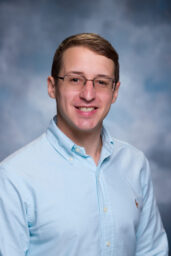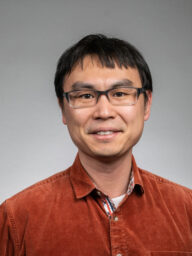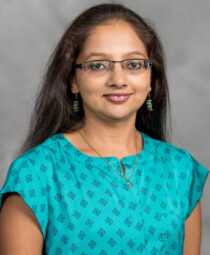CCB Colloquium – Professor Keith Mickolajczyk, RWJ Medical School
Single-molecule biophysical approaches to studying the mechanisms of motor proteins Ribosomes are molecular machines made of protein and RNA that translate mRNA into proteins. The biogenesis of new ribosomes is … Read More
CCB Colloquium – Professor Xiaoyang Su, Rutgers Medical School and Cancer Institute of New Jersey
LC-MS Metabolomics Reveals the Role of SLC45A4 in GABA de novo Synthesis Affiliations: 1Departments of Medicine, Division of Endocrinology, Robert Wood Johnson Medical School, Rutgers University; 2Metabolomics Shared Resource, Rutgers Cancer Institute … Read More
Special Seminar – Professor Neha Jain, Indian Institute of Technology
CCB 3217Modulation of amyloid assembly by chaperone-like proteins Soluble proteins have an inherent propensity to undergo altered protein folding, forming cross-B sheet-rich structures called amyloids. Amyloid fibrils have gained significant attention … Read More
Special Seminar – Dr. Charles Cox, Victor Chang Cardiac Research Institute, Australia
CCB 3217Discovery and characterization of a novel family of PIEZO channel auxiliary subunits PIEZO channels are critical cellular sensors of mechanical forces. Native PIEZO1 channels can display nonuniform subcellular localization and exhibit … Read More
Special Seminar – Dr. Harry McNamara, Princeton University
CCB 3217Symmetry breaking and self-organization of a body axis from mouse embryonic stem cells Abstract: During development, the embryo must break symmetry to form body axes and patterned tissue structures. Recent discoveries have revealed that stem cell aggregates can recapitulate developmental patterning and morphogenesis in vitro; however, it remains largely unknown how these ‘stembryos’ break symmetry in … Read More




